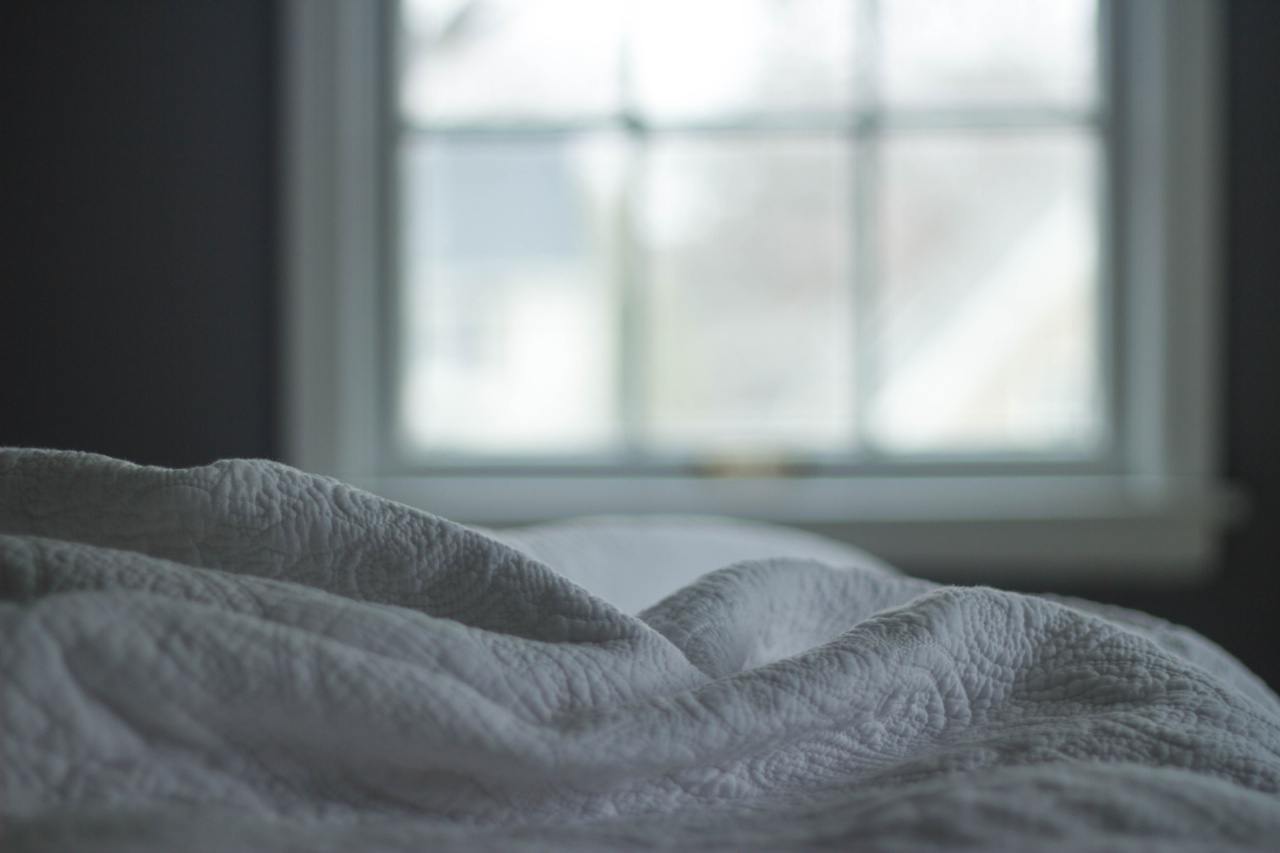Sleep is a crucial part of our daily lives, allowing us to rest and recharge so we can be better equipped to face the challenges of the day ahead.
Getting enough sleep is especially important for certain groups of people such as children, adolescents, and the elderly, as well as for men and women. However, sleep patterns can differ by age and gender, and understanding these differences can help us to optimize our sleep for better health and wellbeing.
The Science of Sleep
Before we dive into the differences between sleep patterns, it’s important to understand the basics of sleep. Sleep consists of two main cycles: non-rapid eye movement (NREM) sleep and rapid eye movement (REM) sleep.
NREM sleep is divided into three stages: Stage 1, a light sleep where we may still be somewhat conscious; Stage 2, where our brain waves slow down and our body temperature drops; and Stage 3, also known as slow-wave sleep, which is a deep sleep that allows our body to repair and rejuvenate.
REM sleep is characterized by rapid eye movements, dreams, and increased brain activity. During this stage, our body is virtually paralyzed to prevent us from acting out our dreams. REM sleep is also important for memory consolidation and learning.
Age Differences in Sleep Patterns
As we age, our sleep patterns can change in a number of ways. Infants and children generally require more sleep than adults, with infants sleeping up to 16 hours per day and children aged 3-11 needing between 9 and 11 hours of sleep per night.
Adolescents require approximately 9 hours of sleep per night, but their circadian rhythms are often delayed, making it harder for them to fall asleep early in the evening.
Adults typically need between 7-9 hours of sleep per night, although this can vary depending on a number of factors such as lifestyle, health, and age.
As we get older, our sleep patterns can change, including more frequent awakenings during the night and a decreased amount of deep sleep. Older adults may also be more susceptible to sleep disorders such as sleep apnea and restless leg syndrome.
Gender Differences in Sleep Patterns
Men and women also experience different sleep patterns, although the differences are often subtle.
One study found that women tend to have a higher proportion of slow-wave sleep than men, which is believed to play a role in the restorative effects of sleep. Women also tend to have more sleep disturbances than men, such as difficulty falling asleep and waking up more frequently during the night, largely due to hormonal changes associated with menstruation, pregnancy, and menopause.
Men, on the other hand, tend to have more REM sleep than women.
They also have a higher risk for sleep apnea, a disorder where the airway becomes blocked during sleep, leading to snoring or paused breathing that can disturb sleep and increase the risk of other health problems such as high blood pressure and heart disease.
Tips for Better Sleep
If you’re having trouble sleeping, there are a number of things you can do to improve your sleep patterns. Here are some tips:.
Stick to a regular sleep schedule.
Try to go to bed and wake up at the same time every day, even on weekends. This can help regulate your circadian rhythm and improve sleep quality.
Create a relaxing bedtime routine.
Avoid activities that are stimulating or stressful before bedtime, such as watching TV or working on the computer. Try some gentle stretching, meditation, or reading a book to help you relax.
Avoid caffeine, alcohol, and nicotine.
Caffeine and nicotine are stimulants that can interfere with sleep, while alcohol can disrupt REM sleep and cause frequent awakenings during the night.
Create a comfortable sleep environment.
Make sure your bedroom is cool, dark, quiet, and comfortable. Invest in a good mattress and pillows, and use blackout curtains or earplugs if necessary.
Exercise regularly.
Regular exercise can improve sleep quality and duration, but avoid vigorous exercise too close to bedtime as it can be stimulating.
Conclusion
Sleep is essential for our physical and mental health, and understanding the factors that influence our sleep patterns can help us to optimize our sleep for better health and wellbeing.
By sticking to a regular sleep schedule, creating a relaxing bedtime routine, avoiding stimulants, creating a comfortable sleep environment, and exercising regularly, we can improve our sleep quality and duration and wake up feeling more rested and refreshed.





























